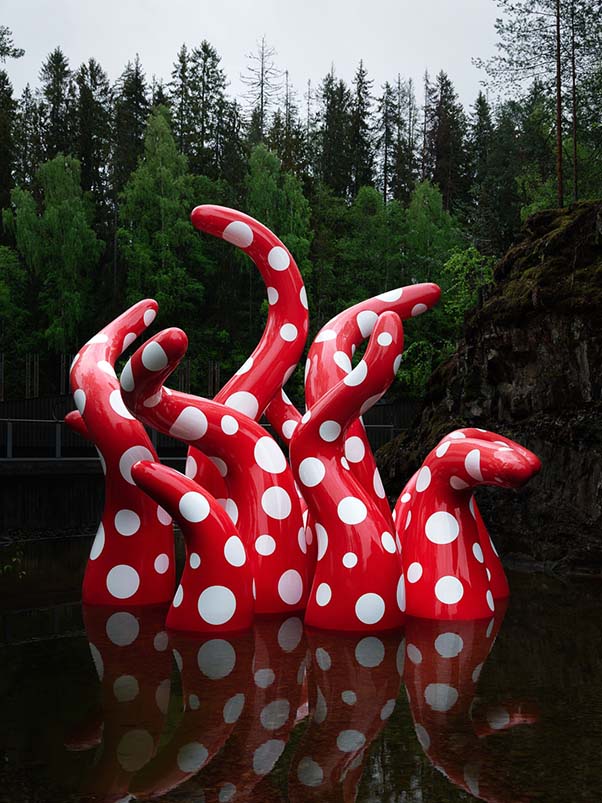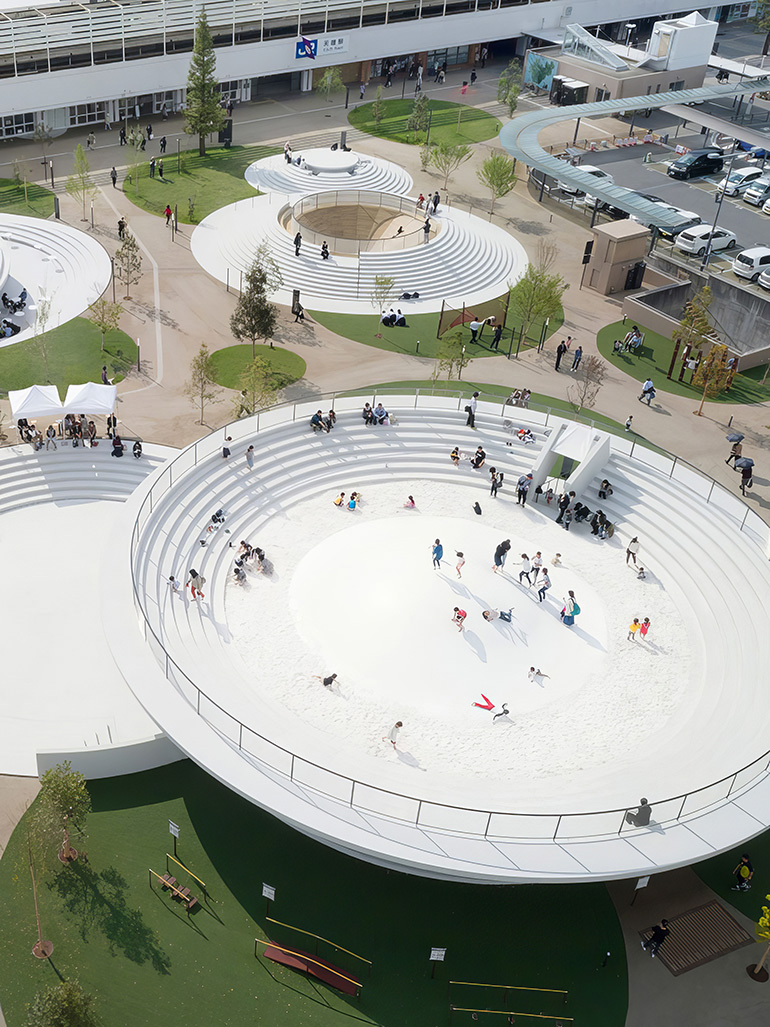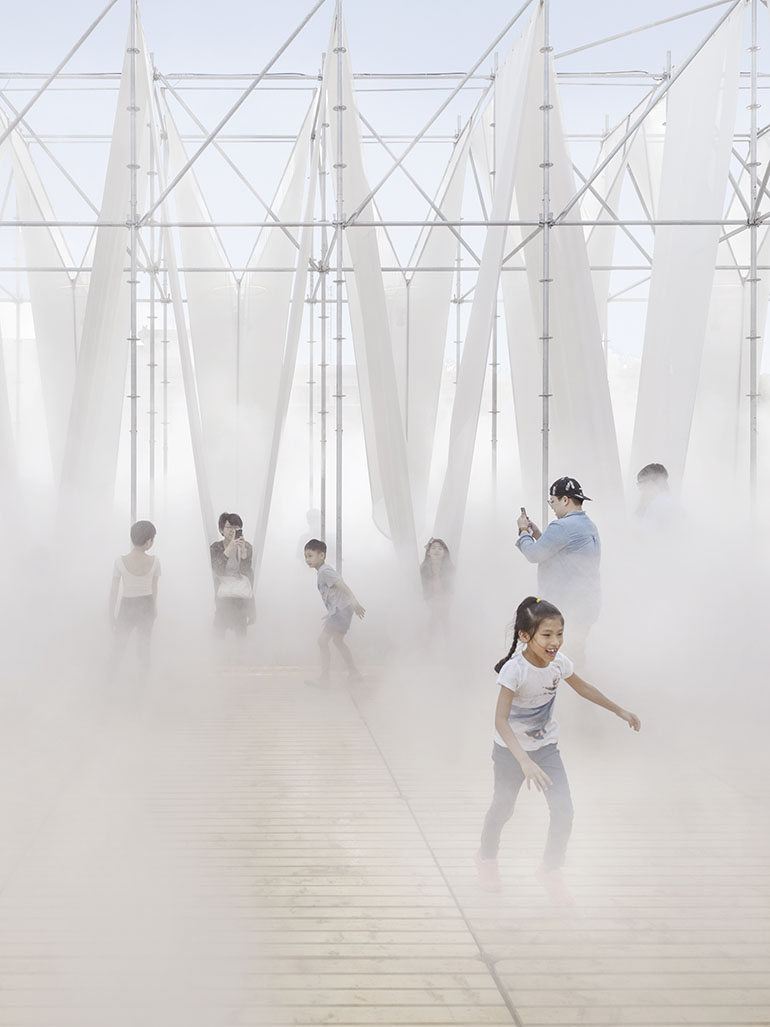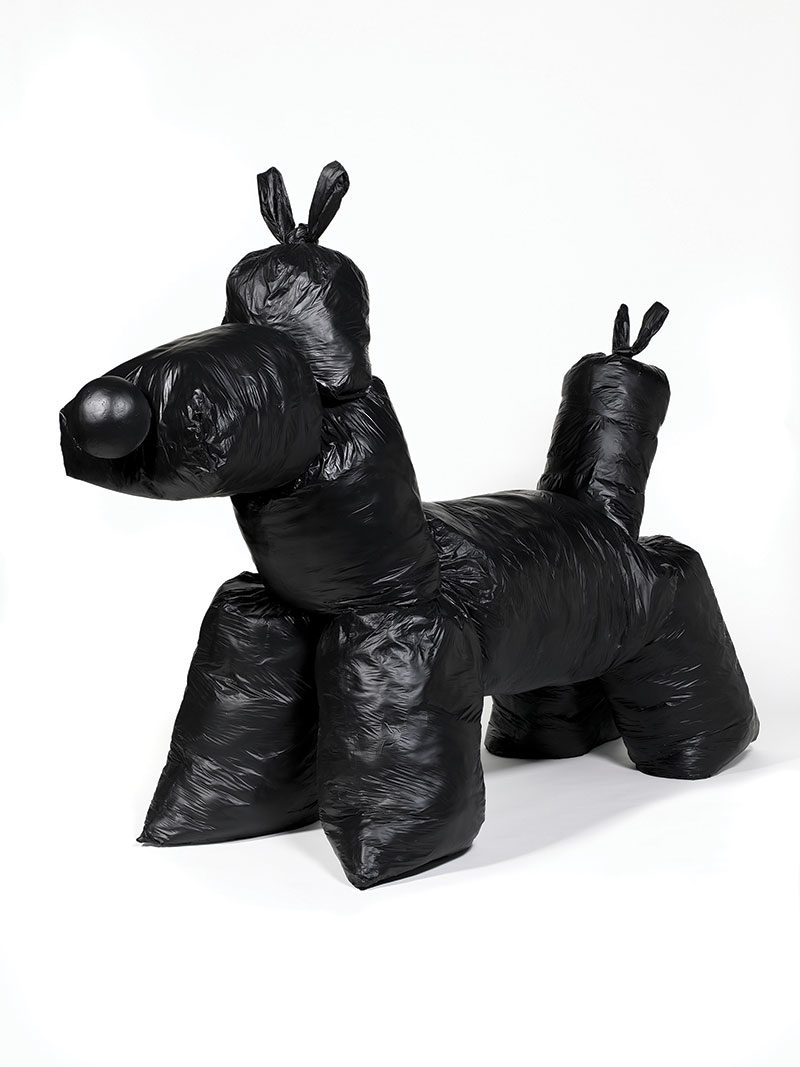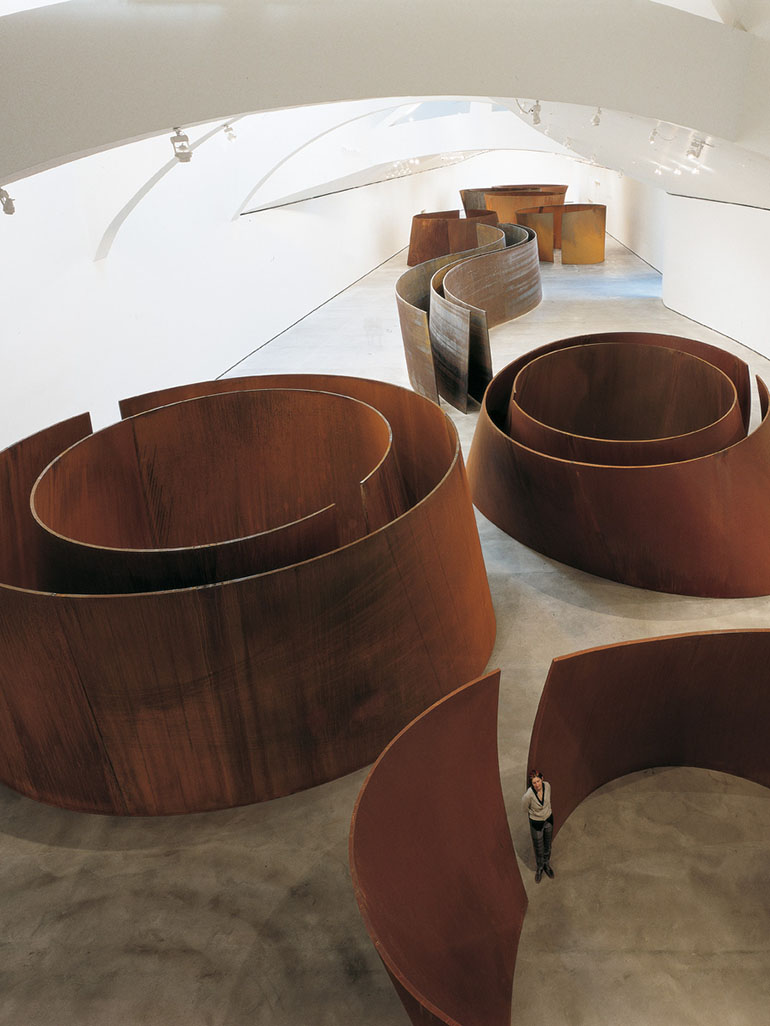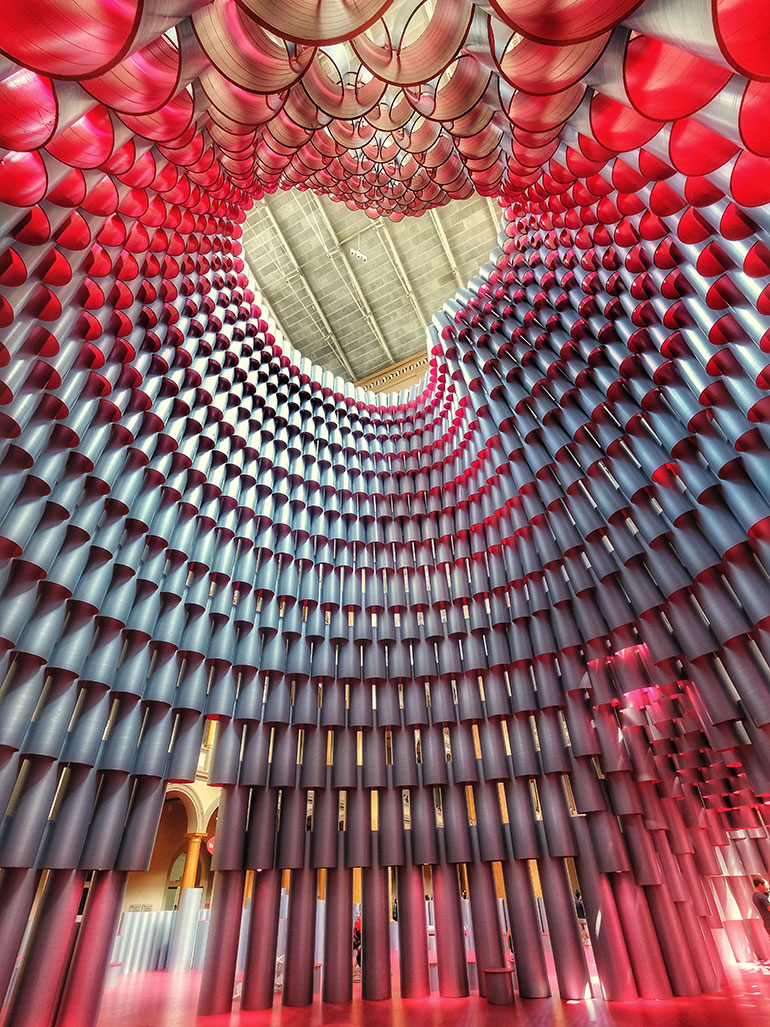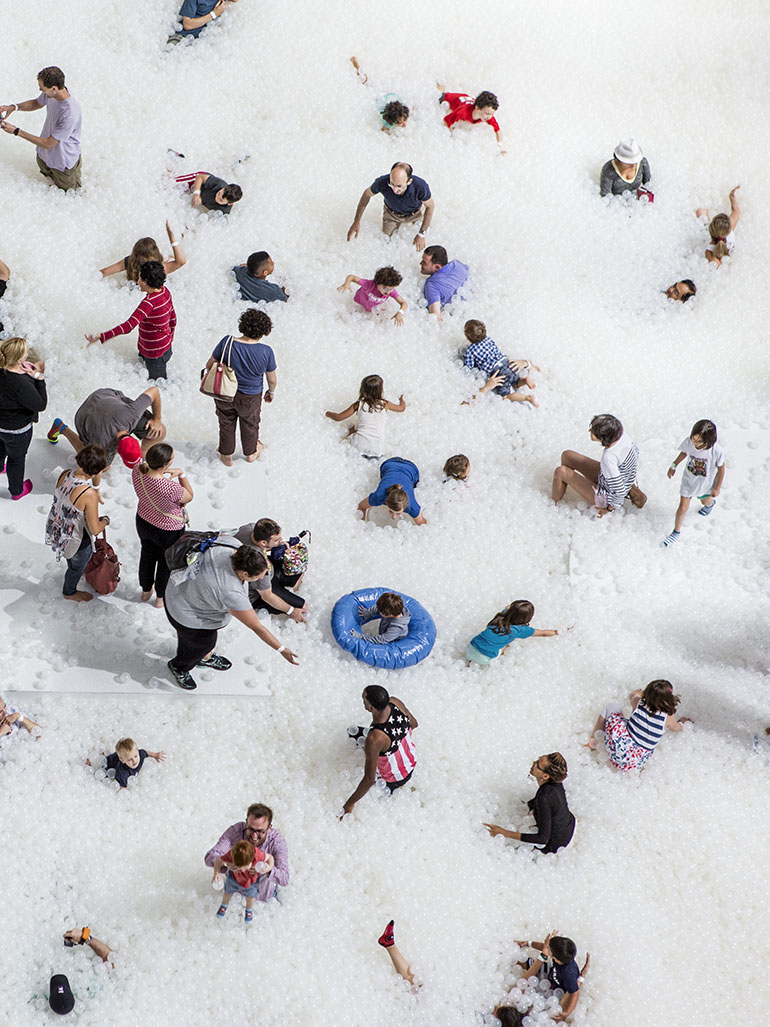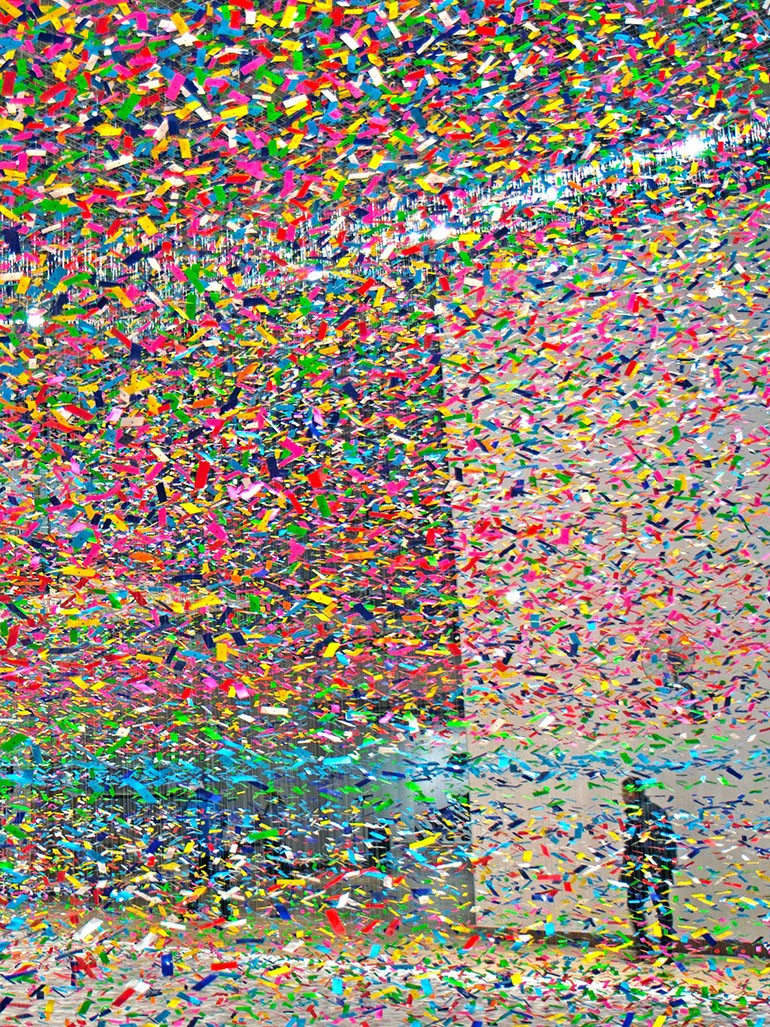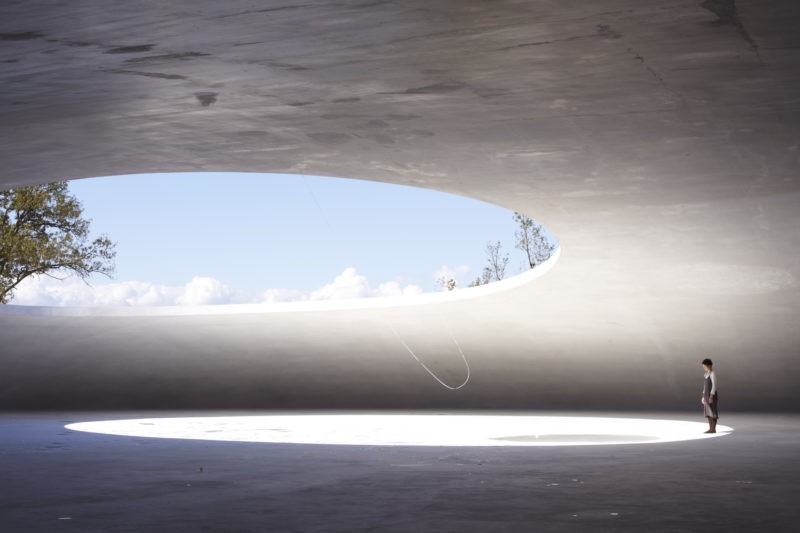
607 Teshimakarato, Shozugun Tonoshocho, Kagawa, 761-4662 Copy to clipboard
34.48969, 134.09038 Copy to clipboard
Best visit time
During the milder weather of spring (March to May) or autumn (September to November) when the Seto Inland Sea's beauty can be fully appreciated. However, the museum is accessible year-round, and each season offers a unique experience due to the changing natural light and environment.
Introduction
Why does the Teshima Art Museum that only hosts a single piece of work by one artist attract art lovers from all over the world? One of the main reasons is perhaps that this clever construction allows the audience a chance to not only look at the art. It lets you experience the buildings and surroundings with many senses, providing an immensely engaging yet subtle experience.
When you enter this museum, you will be confronted instantly with the striking atmosphere that fills the structure, which is reminiscent of the interior of a motherly womb. The single artwork inside the museum is titled Matrix or Bokei in Japanese and was created by artists and sculptor Rei Naito, known for exploring the mysteries of existence.
The building structure of the museum is made of a freestanding concrete shell-like measuring 25 cm thick, 40 x 60 meters, and 4.5 meters at its highest point. The museum is under the Benesse Art Site Naoshima and was designed by architect Ryue Nishizawa.
The museum accommodates just a single, sublimely subtle artwork. In the interior, even the smallest amount of movement echoes. Visitors are literally banned from doing anything other than watching, walking, and sitting.
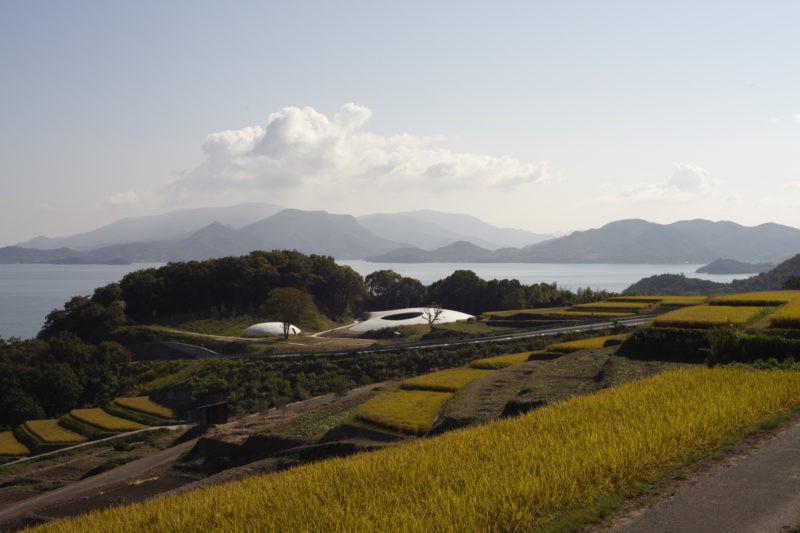
Location
The Teshima Art Museum stands atop a hill overlooking the Seto Inland Sea and is bordered by a rice terrace that was restored recently in partnership with the local community. Teshima is the second-largest island in the region, after Shodoshima. In the middle of the island are a forested hill and three fishing villages, linked by a circular road. Ferry services are available in two villages on Teshima Island, namely Ieura and Karato.
The museum was built in such a way as not to interfere with the natural setting of the site, merging architecture and environment. The Teshima Art Museum is made of only a single concrete shell structure with no beams or pillars. The building appears to blend perfectly and sink into its nearby hills, just like the rain interacts with the earth. It resembles a droplet of water.
Teshima Art Museum is among the museums, galleries, and art projects dispersed across the islands of the rural Seto Inland Sea area of Japan. Together, they form a distinct creative bliss.
607 Karato, Teshima, Tonosho, Shozu District, Kagawa 761-4662, Japan
Tel: +81 879-68-3555
- Open: 10am – 5pm (March 1 – October 31)
- Open: 10am – 4pm (November 1 – last day of February)
- Closed: Tuesdays (March 1 – November 30)
- Closed: Tuesdays-Thursdays (December 1 – last day of February)
The artwork inside
Bokei, the artwork inside the Teshima Art Museum, signifies imagery of a maternal figure giving birth to life, characterized by vapor emanating from the subterranean water that oozes up onto the surface.
The casually accumulating water droplets dance across the museum floor as if controlled by their own volition but actually directed by the wind that enters the building via two oval holes on the ceiling.
This is reminiscent of the act of inhaling and exhaling. It also allows light as well as the sounds of nature inside the dome. The water droplets constantly change their appearance and gather to form a small spring at the center of the room.
The movement of these droplets is perpetual, giving an impression of a living matter. The piece offers a lot more. It allows repeat visits since the museum is life itself, replicating a nature that continually changes, following the seasons, times, and the weather.
The blob was constructed with the help of specialized software. The architect Mutsuro Sasaki conducted a structural computation so that there would be no straight lines in the whole design. The concept was the brainchild of Kajima Corporation.
uring construction, soil from the location was mounded and covered with mortar. Then, twofold iron reinforcing edges for concrete were pulled together on the mound. Concrete mixers covered the mound with cement. After the building material dried, the soil got removed from inside the concrete shell.
How you feel inside of the museum
When you step inside Teshima Art Museum in Japan, instantly, everything is pure and beautiful. You are immediately removed from all the clutter, misery, and noise that remain outside the structure. Yet, walking amid tiny drops of water, you barely ever felt more at peace and more in tune with nature. The museum harmonizes architecture, art, and the richness of nature.
It is quite fascinating what can be heard inside the museum when everything is silent. If you listen keenly, aside from the sound of water emerging from the concrete floor, you could also hear birds, insects, crickets, and anything that has life within. You could also notice the sound of the sea and the distant sounds as if telling us that the world was following its rightful course.
The primary purpose of the Teshima Art Museum is to allow visitors to experience nature in its untainted form, through light, water, and air. Outside, the view is just as eye-catching but less confusing as the interior.
Some of the visitors who have experienced the museum and its Matrix also detailed their impressions.
One visitor said:
It was an indescribable atmosphere. It had a tension that you couldn’t experience anywhere else except in that weather, in the stillness of the morning. There were not a lot of people. The people gathered around the water themselves seem to be a part of the water.
Another visitor said:
It was not just about looking. The time allowed me to delve into my thoughts and face my worries. I was able to think about how wonderful, precious, unique, and transformative life is.
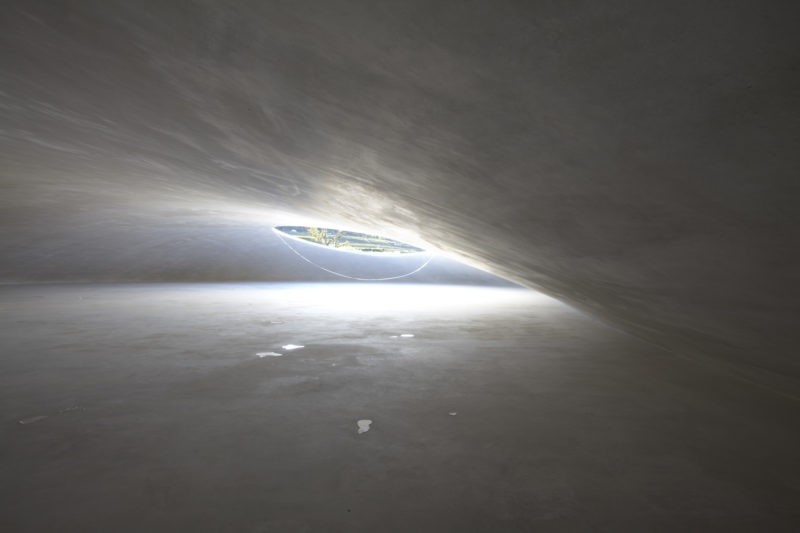
Ryue Nishizawa
Architect Ryue Nishizawa is one of the influential creative minds to found SANAA, a Pritzker-winning designing firm. He was commissioned to design the museum to house Matrix and chose to create a space that would enhance the piece of art and place it in a much broader context.
Speaking about the museum, Nishizawa stated:
It was important to use to create an architectural space that could coexist with Rei Naito’s work (Matrix) and act in harmony with the island’s environment. We proposed an architectural design composed of free curves, echoing the shape of a water drop. Our idea was that the curved drop-like form would create a powerful architectural space in harmony with the undulating landforms around it.
Ryue Nishizawa has immense experience with structural engineering and proposed a structure that is purely concrete but still undulates. For the first time, a structure so pure had been created – structure without windows, doors, or handrails. The museum structure seems like it does not have any structural support; it appears like it was just made like a form in nature.
The tiny undulating bumps formed by the concrete are the ones responsible for making the water drop installations run free, which you can see glide along the slanting surface of the shell. The single installation is highly engaging, which is the main point of the Teshima Art Museum.
Analysis
A perfect museum might not be about how breathtaking its collection is or how many epic exhibitions it stages every year. Using the Teshima Art Museum as an example, an excellent museum should provide an experience that leads the viewer to discover unknown territories, bringing the audience into profound contact with the environment.
Teshima Art Museum fulfills these requirements, making it an inspiring art space. The only piece in the museum is Matrix or Bokei, which is subtle and highly interactive. The solo piece in the museum opens the door for many interpretations, but unlike many museums you are used to, Teshima Art Museum in itself is also an art.
The fact that the building is made of pure concrete is something worth noting. It may mean pure simplicity, although, in contemporary art, concrete does not seem like the best material to achieve simplicity, yet Ryue Nishizawa managed to design the structure, creating curves in concrete.
While exploring the structure and its installation, you will realize the relationship between art, nature, and architecture. When creating a site like this, architects tend to overlook the relationship it has to the environment.
Ryue Nishizawa managed to blend the surroundings, the breathtaking growing rice fields, and the winding of the terrain into the project by incorporating the openings and light into it. Inside the shell, the viewer can feel the movement of the wind inside the structure and witness every single sound. It is a fascinating experience that brings all the senses and awareness to play.
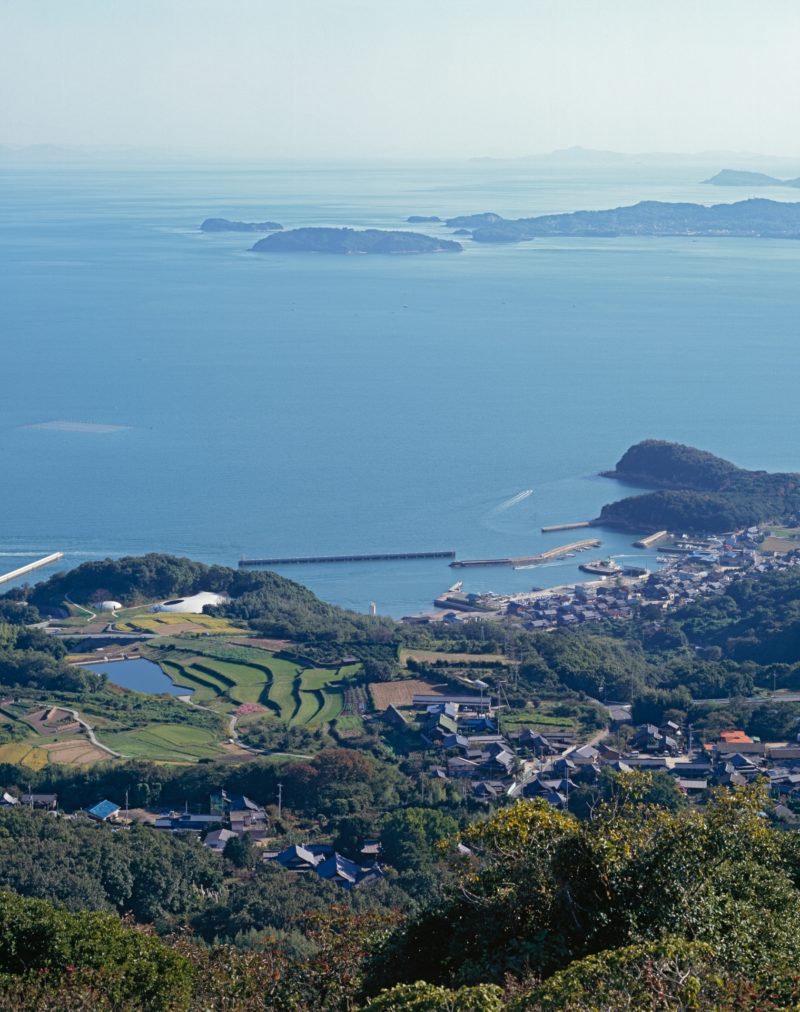
Explore nearby (Teshima, Kagawa Prefecture, Japan)
- Yayoi Kusama's most outstanding sculpturesPumpkin, 1994, Naoshima, Japan10 km away
- Nendo’s Tenri Station Plaza CoFuFunTenri, Japan160 km away
- Nabana no Sato's winter illuminationInstallation ended (dismantled)248 km away
